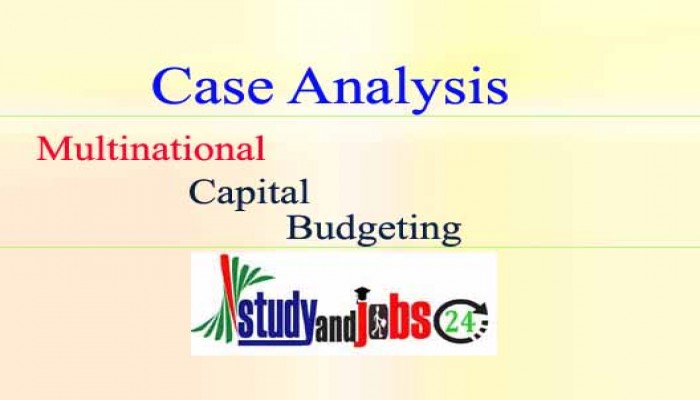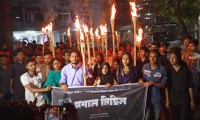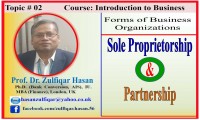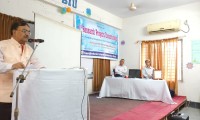
The Case:
Spartan, Inc., is considering the development of a subsidiary in Singapore that would manufacture and sell tennis rackets locally.
Spartan’s management has asked various departments to supply relevant information for a capital budgeting analysis.
In addition, some Spartan executives have met with government officials in Singapore to discuss the proposed subsidiary.
The project would end in 4 years. All relevant information follows:
01. Initial investment: An estimated 20 millions Singapore dollars (S$), which includes funds to support working capital, would be needed for the project.
Given the existing spot rate of $0.50 per Singapore dollar, the US dollar amount of the parent’s initial investment is $10 million.
02. Price and Demand: The estimated price and demand schedules during each of the next 4 years are shown here:
|
Year 1 |
Year 2 |
Year 3 |
Year 4 |
|
|
Price Per Racket |
S$350 |
S$350 |
S$360 |
S$380 |
|
Demand in Singapore |
60000 units |
60000 units |
100000 units |
100000 units |
03. Costs: The variable costs (for materials, labor etc.) per unit have been estimated and consolidated as shown here:
|
Year 1 |
Year 2 |
Year 3 |
Year 4 |
|
|
Variable costs per Racket |
S$200 |
S$200 |
S$250 |
S$260 |
The expense of leasing extra office space is S$1 million per year. Other annual overhead expenses are expected to be S$1 million per year.
04. Depreciation: The Singapore government will allow Spartan’s subsidiary to depreciate the cost of the plant and equipment at a maximum rate of S$2 million per year, which is the rate the subsidiary will use.
05. Taxes: The Singapore government will impose a 20% tax rate on income. In addition, it will impose a 10% withholding tax on any funds remitted by the subsidiary to the parent. The US government will allow a tax credit on taxes paid in Singapore; therefore, earnings remitted to the US parent will not be taxed by the US government.
06. Remitted Funds: The Spartan subsidiary plans to send all net cash flows received back to the parent firm at the end of each year. The Singapore government promises no restrictions on the cash flows to be sent back to the parent firm but does impose a 10% withholding tax on any funds sent to the parent, as mentioned earlier.
07. Salvage Value: The Singapore government will pay the parent S$12 million to assume ownership of the subsidiary at the end of 4 years. Assume that there is no capital gains tax on the sale of the subsidiary.
08. Exchange Rates: The spot exchange rate of the Singapore dollar is $0.50. Spartan uses the spot rate as its best forecast of the exchange rate that will exist in future periods. Thus, the forecasted exchange rate for all future periods is $0.50.
09. Required Rate of Return: Spartan, Inc requires a 15% return on this project.
Numerical Solution:
|
|
|
Year 0 |
Year 1 |
Year 2 |
Year 3 |
Year 4 |
|
1 |
Demand (1) |
|
60000 |
60000 |
100000 |
100000 |
|
2 |
Price per unit (2) |
|
350.00 |
350.00 |
360.00 |
380.00 |
|
3 |
Total revenue (1)´(2)=(3) |
|
21000000 |
21000000 |
36000000 |
38000000 |
|
4 |
Variable cost per unit (4) |
|
200 |
200 |
250 |
260 |
|
5 |
Total variable cost (1)´(4)=(5) |
|
12000000 |
12000000 |
25000000 |
26000000 |
|
6 |
Annual lease expense (6) |
|
1000000 |
1000000 |
1000000 |
1000000 |
|
7 |
Other fixed periodic expenses (7) |
|
1000000 |
1000000 |
1000000 |
1000000 |
|
8 |
Noncash expense (depreciation) (8) |
|
2000000 |
2000000 |
2000000 |
2000000 |
|
9 |
Total expenses (5)+(6)+(7)+(8)=(9) |
|
16000000 |
16000000 |
29000000 |
30000000 |
|
10 |
Before-tax earnings of subsidiary (3)–(9)=(10) |
|
5000000 |
5000000 |
7000000 |
8000000 |
|
11 |
Host government tax rate x (10)=(11) @20% |
|
1000000 |
1000000 |
1400000 |
1600000 |
|
12 |
After-tax earnings of subsidiary (10)–(11)=(12) |
|
4000000 |
4000000 |
5600000 |
6400000 |
|
13 |
Net cash flow to subsidiary (12)+(8)=(13) |
|
6000000 |
6000000 |
7600000 |
8400000 |
|
14 |
Remittance to parent (14) |
|
6000000 |
6000000 |
7600000 |
8400000 |
|
15 |
Tax on remitted funds tax rate´(14)=(15) |
|
600000 |
600000 |
760000 |
840000 |
|
16 |
Remittance after withheld tax (14)–(15)=(16) |
|
5400000 |
5400000 |
6840000 |
7560000 |
|
17 |
Salvage value (17) |
|
|
|
|
12000000 |
|
18 |
Exchange rate (18) |
|
$0.50 |
$0.50 |
$0.50 |
$0.50 |
|
19 |
Cash flow to parent (16)´(18)+(17)´(18)=(19) |
|
$2,700,000 |
$2,700,000 |
$3,420,000 |
$9,780,000 |
|
20 |
PV of net cash flow to parent (1+i) - n´(19)=(20) |
|
$2,347,826 |
$2,041,588 |
$2,248,706 |
$5,591,747 |
|
21 |
Total PV of Cash flow |
|
$12,229,866 |
|||
|
22 |
Investment by parent (21) |
$10,000,000 |
|
|||
|
23 |
NPV= (21)-(22) |
|
$2,229,866 |
|||
Contributor: Zulfiqar Hasan is a University Teacher, working as an Associate Professor (Finance). He is pursuing PhD from IU.




